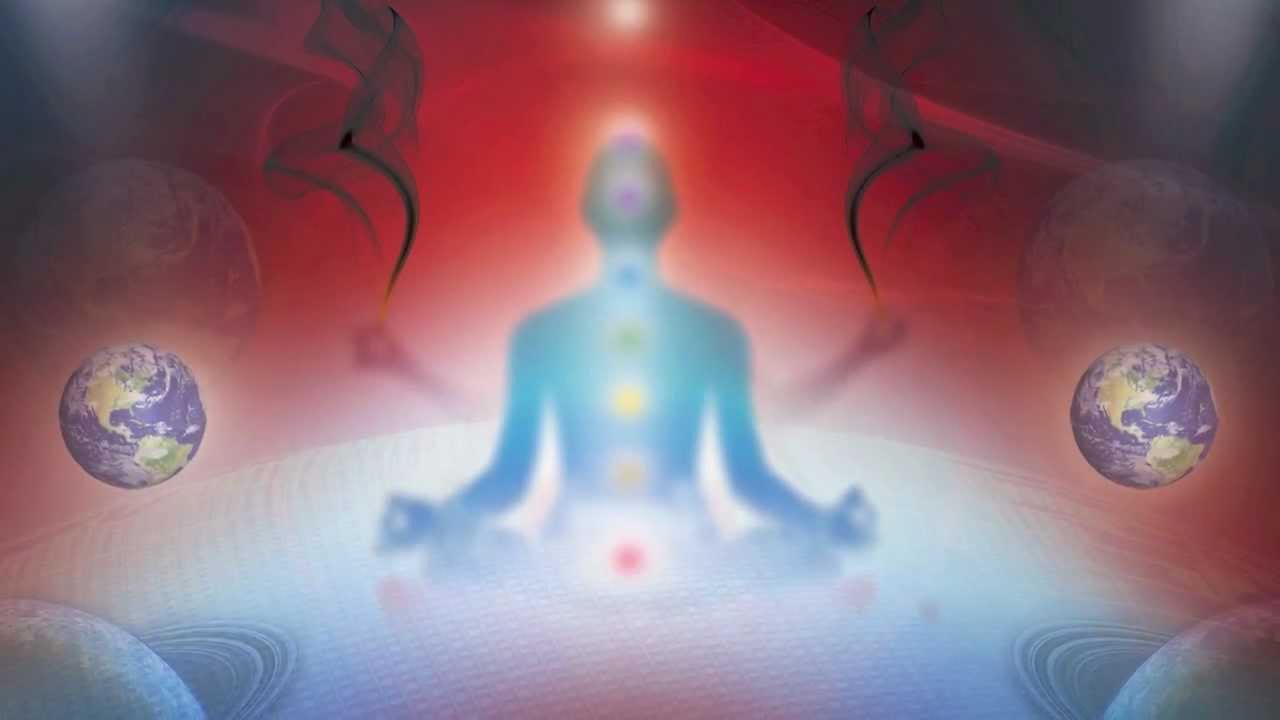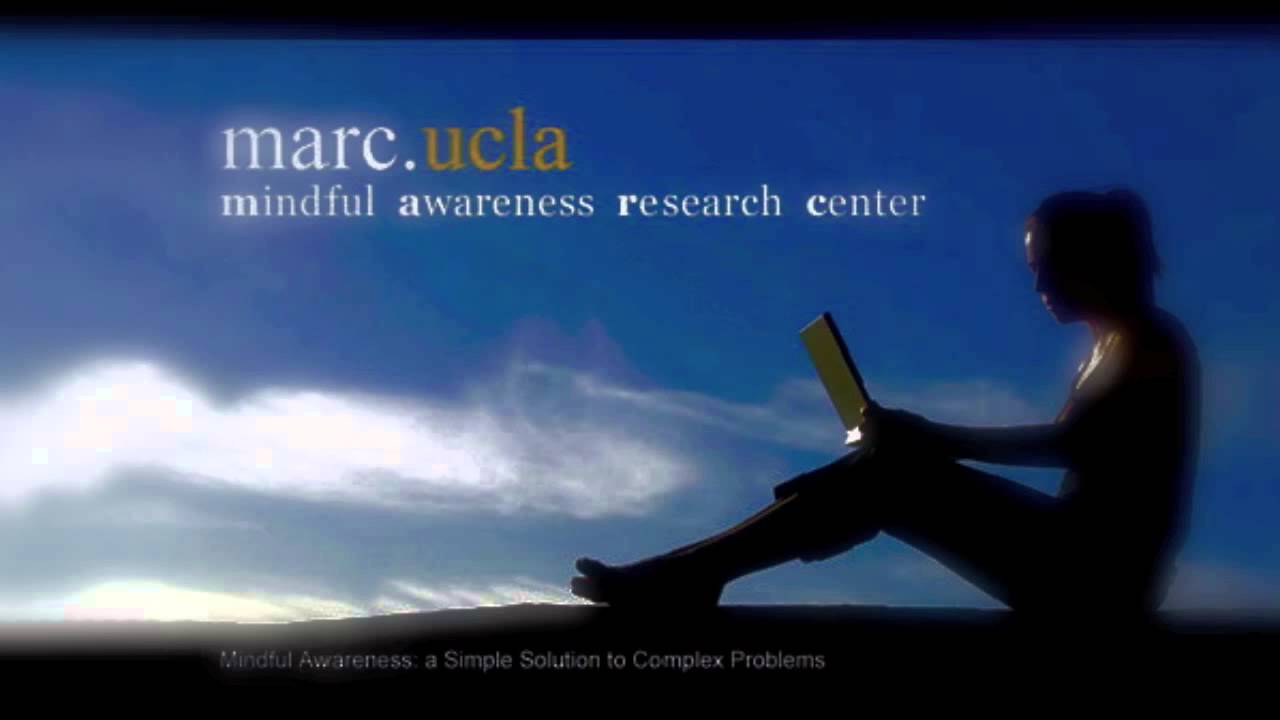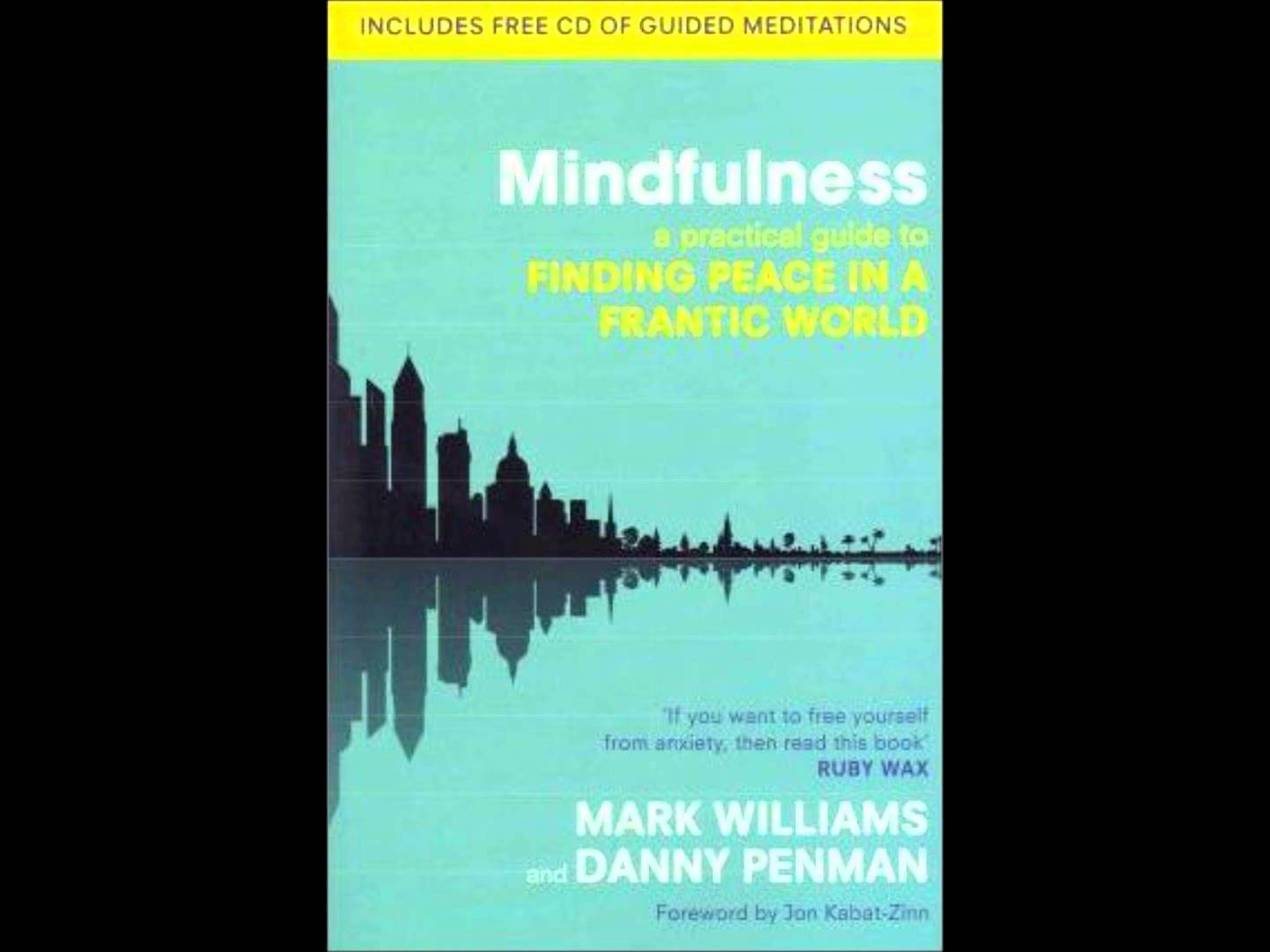It has been said that if prayer is talking with our preferred higher power, then meditation is listening to what that higher power has to tell us, in some way getting the answers to our prayers. To hear these answers, we need to get ourselves into a state of awareness where we’re connected with our inner thoughts and feelings. This article will describe some simple ways to set up your own meditation practice.
Find Your Spot
First you’ll need to find a peaceful spot. This may be a special place in your home where you can find some time for yourself. Or it could be some quiet place outdoors that brings you peace and allows you to focus your thoughts. Find a comfortable seat or cushion where you can breathe easily and freely. Or some people prefer meditating when lying down. Burn a scented candle if it helps you relax or play some soothing music. There is no one right way to set up your meditation spot – just find the way that works for you.
When To Meditate
There is no ideal time for your meditation. First thing in the morning may help you focus your thoughts for the day. Or maybe meditation at bedtime will be relaxing and calming for you and might even improve your sleep. The most important thing about time and meditation is to choose a regular time slot. When getting started, it’s best to choose the same time everyday even if it’s just for a few minutes. This consistency of time will help you develop your new meditation habit.
Focus Meditations
One way of meditating is to focus on an object or a sounds or even the breath. The object can be a burning candle, some memento with personal meaning or even a favorite plant. The sounds can be a word like “peace”, “love” or “calm” or maybe the ancient word “Om”.
Direct all your attention to your focus object and breathe deeply and evenly. Maintain focus on the object and dismiss any distracting thoughts that enter your mind.
Here are some steps for meditating with a lighted candle.
1. Sit in a comfortable position gazing at the lighted candle.
2. After a few minutes, close your eyes but still focus your attention on the image of the flickering flame. If you lose the image, open your eyes and refocus on the flame. Then close your eyes again and continue.
3. Let any thoughts other than the flickering flame just pass through your mind. Do not focus your attention on anything other than the flame.
4. After several minutes, snuff out the candle. Lie down and rest peacefully for a few minutes before getting up.
Mindfulness Meditation
If you’re one of those people who finds it hard to stop the mental chatter when meditating, mindfulness meditation might work for you. In Zen Buddhism, mindfulness is a complete awareness of our thoughts, actions and emotions. It is a process of being fully absorbed in what is happening in the present. In mindfulness meditation, you acknowledge all thoughts and feelings as they come into your mind. The key here is to acknowledge the thought and let it pass through your mind. Don’t worry about it, get anxious about it or try to suppress it. Just return your mental focus to the present time.
Here are some steps for a simple but effective mindfulness meditation.
1. Sit comfortably in your meditation spot.
2. Anchor yourself in the present. For this meditation, don’t think about yesterday’s embarrassments or problems or what you need to do tomorrow.
3. Focus on your breathing. Feel the air as it comes in and is exhaled.
4. Watch each thought as it enters and leaves your mind. Just note that the thought came into your mind but don’t dwell on it.
5. If your mind wanders, don’t judge. Just return your focus to your breathing in the present time. The key here is not to be critical of yourself because your mind wanders.
6. At the end of the meditation, sit quietly for a few minutes and enjoy the feeling of calmness.
These are just a few of many, many ways to meditate. As your practice develops and you learn what works best for you, you can lengthen and modify these practices to suit your needs.
© 2009 Infinite Indulgence. All rights reserved.
Ann Karcich, owner of Infinite Indulgence Bath and Body Products, publishes a FREE monthly newsletter with tips on how to take good care of yourself. Sign up for the newsletter and get a free report on How To Create An At-home Spa at http://www.infiniteindulgence.com

Grounding & Centering Meditation, guided by spiritual channel William Yensen. Designed to be listened to while seated in a chair, back straight, feet flat on…
Video Rating: 4 / 5
Find More Grounding Meditation Articles



